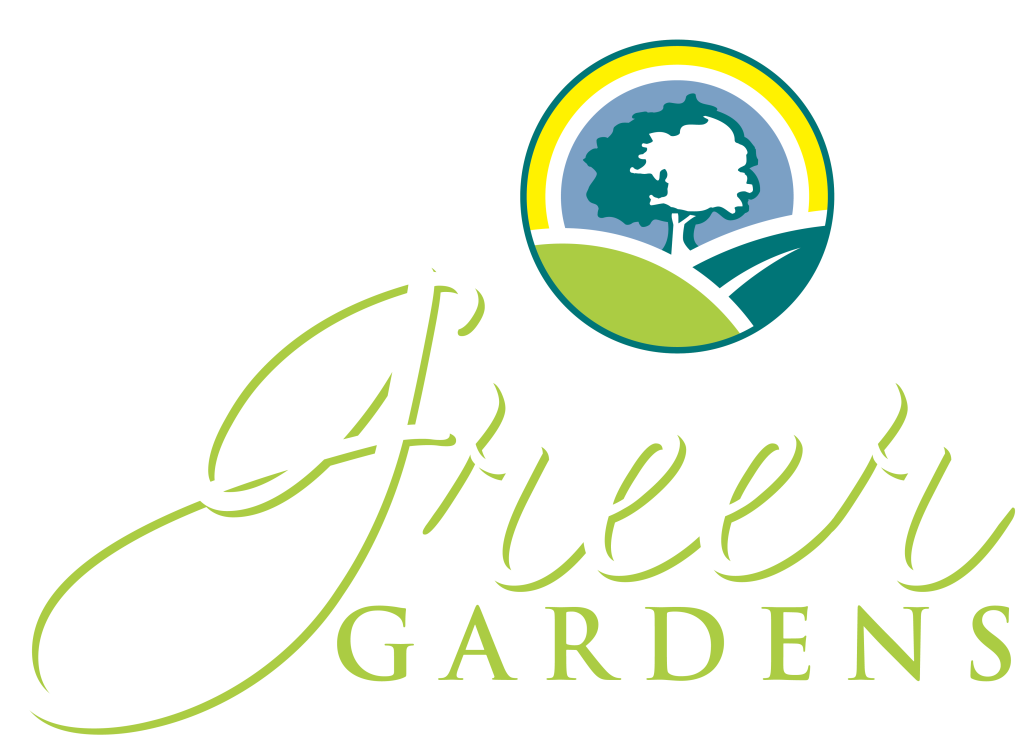A thick, green lawn depends on more than just water and fertilizer—it also needs proper airflow and root health. One common barrier to lawn health is thatch, a dense layer of dead and living organic matter that builds up between grass blades and soil. While a little thatch (½ inch or less) can help conserve moisture and insulate roots, too much suffocates your turf and invites disease. That’s where dethatching comes in.
What Is Thatch?
Thatch is made up of roots, stems, and grass clippings that decompose slowly. Over time, it creates a spongy layer that prevents water, air, and nutrients from reaching the soil. Lawns with heavy thatch often feel bouncy underfoot and may show weak growth despite regular care.
When Should You Dethatch?
The best time to dethatch depends on your grass type and local climate.
- Cool-Season Grasses (Fescue, Bluegrass, Ryegrass): Dethatch in early fall or early spring when the grass is actively growing but not under heat stress.
- Warm-Season Grasses (Bermuda, Zoysia, Centipede, St. Augustine): Dethatch in late spring through early summer, after the lawn has fully greened up and is growing vigorously.
- General Rule: Never dethatch during extreme heat, drought, or when the lawn is dormant—this causes unnecessary stress and delays recovery.
Benefits of Dethatching
- Improved Air and Water Flow – Opens the soil so roots can breathe and absorb moisture effectively.
- Better Nutrient Uptake – Fertilizer works more efficiently when it can reach the soil instead of sitting on top of a thatch layer.
- Thicker, Healthier Turf – By removing buildup, you stimulate new growth and allow the lawn to spread more evenly.
- Reduced Pests and Disease Pressure – Many lawn fungi and insects thrive in moist, compacted thatch. Dethatching removes their habitat and reduces the risk of brown patch, dollar spot, and chinch bugs.
Which Lawns Typically Need Dethatching?
Not all lawns develop heavy thatch. Some grass species naturally produce more stem and root matter:
- Prone to Thatch: Zoysia, Bermuda, St. Augustine, and Kentucky bluegrass often build up thicker layers.
- Less Prone: Tall fescue and perennial ryegrass generally decompose clippings more quickly and rarely need dethatching.
Dethatching and Disease Prevention
Excess thatch traps moisture, creating a perfect environment for fungal diseases. By thinning out this layer, you:
- Reduce humidity at the soil surface.
- Allow sunlight and airflow to dry grass blades faster after rain or watering.
- Break up conditions that promote fungus such as brown patch, pythium blight, and dollar spot.
In short, dethatching is not just about looks—it’s also a proactive way to keep your lawn resilient against pests and disease.
Seasonal Lawn Care Calendar
Here’s how dethatching fits into an annual lawn care cycle (adjust slightly based on whether you grow warm- or cool-season grasses):
Spring
- Light dethatching for cool-season grasses (early spring only).
- Aerate compacted soil.
- Apply pre-emergent herbicide to control weeds.
- Fertilize lightly to promote green-up.
Summer
- Dethatch warm-season grasses (late spring through early summer).
- Maintain consistent mowing height—avoid cutting too short.
- Water deeply and less frequently to encourage deep roots.
- Watch for signs of fungus or heat stress.
Fall
- Prime dethatching season for cool-season grasses (early fall).
- Overseed bare or thin spots for thicker turf.
- Fertilize to prepare for winter root growth.
- Aerate if the lawn wasn’t done in spring.
Winter
- Rest period for most lawns—limit traffic on dormant turf.
- Rake leaves and debris to reduce moisture buildup.
- Plan ahead for spring applications and schedule lawn services.
Takeaway:
Dethatching isn’t something you do every year, but when thatch builds up beyond ½ inch, it’s time to act. By pairing dethatching with seasonal lawn care practices like aeration, overseeding, and fertilization, you set your turf up for maximum health, thickness, and disease resistance year-round.

